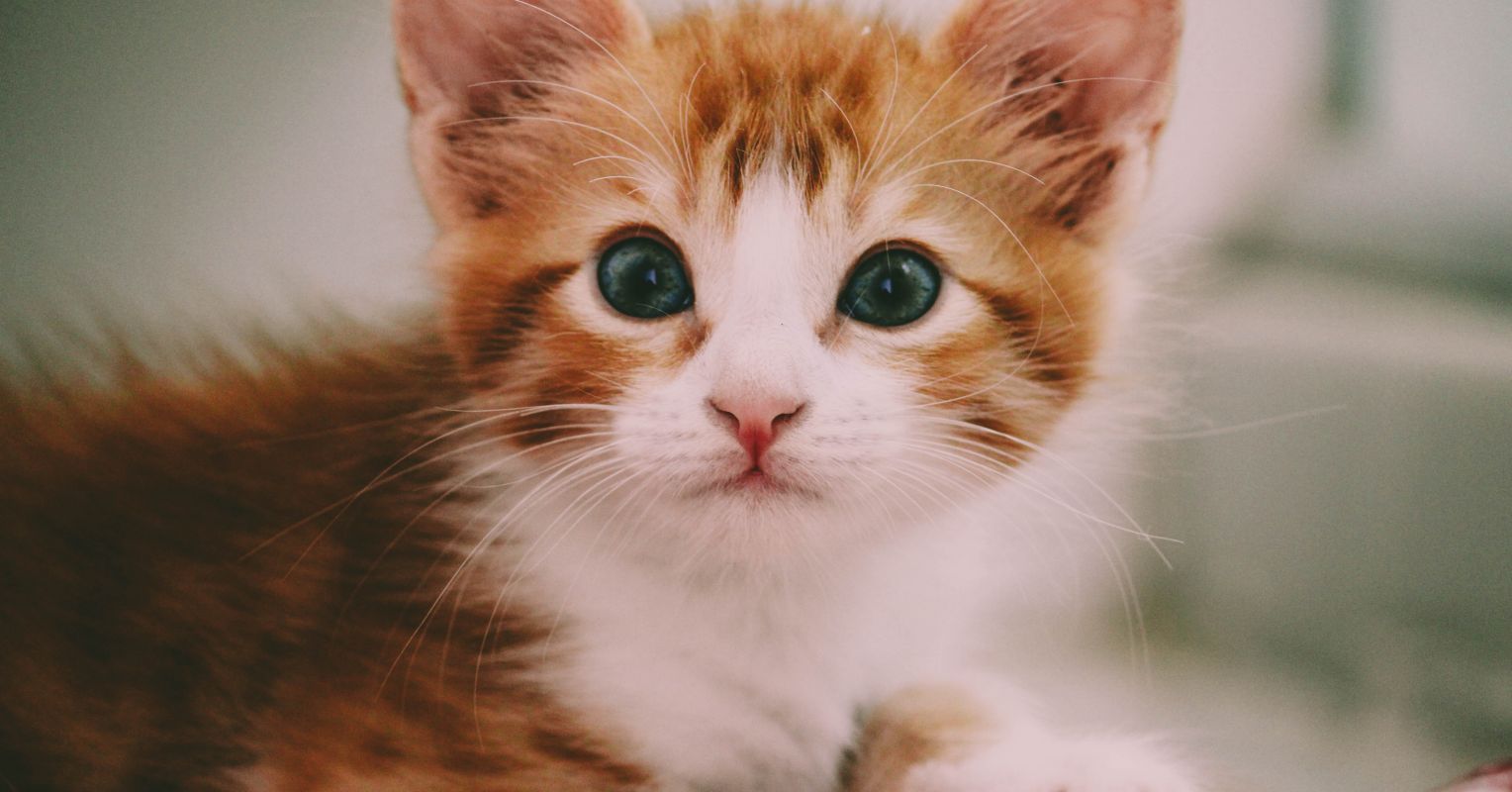You don’t need to be a cat owner to know that cats like to sit in boxes, especially cardboard boxes. They also like to sit in any kind of enclosed areas. If there is a circle painted on the floor, the cat is likely to sit right in the middle. A recent study uses this cat habit to find out about how cats perceive the world.
Perception is weird. When we see a cat behind a picket fence, our perceptual system completes those parts of the cat that are not visible. No light from those parts hit our retina, but they are nonetheless represented, even in the earliest stages of our perceptual processing.

At left is a well-studied example of such completion: the Kanizsa square. There are only four Pac-Man-like black shapes on the screen, but you see a white square because your visual system completes the missing illusory contours. This completion happens as early as the primary visual cortex.
These are examples from vision, but such completion happens in all sense modalities. Take hearing, for example: When we hear a loud bang while listening to a tune, the auditory system continues to represent the tune even in that brief moment when the bang is the only thing we hear. A popular demonstration of such auditory completion is the American late-night show host Jimmy Kimmel’s segment “A week in unnecessary censorship,” where he bleeps out completely harmless words from famous politicians, making them seem like expletives.
This phenomenon is called amodal completion. (I set aside issues about the differences between modal and amodal completion.) Amodal completion is not a perceptual curiosity: It is part of our ordinary perception. It happens very rarely in real-life situations that we can perceive an object without exercising amodal completion: In natural scenes, we always get occlusion because objects tend not to be fully transparent. Every time we see an object occluded by another object (which means every time we see anything in real life, barring odd cases of fully translucent visual scenes or very simple visual displays), we use amodal completion of the occluded parts of perceived objects. We can’t understand perception without understanding amodal completion.
We know a fair amount about how amodal completion works in humans, partly because we can ask subjects whether and where they can see illusory contours. We can’t ask cats. Or any other animals for that matter. So when studying amodal completion in animals, we need some extra tricks.
And here the notorious cat habit of sitting inside boxes came in handy. Cats like to sit in enclosed spaces, even if they are just marked on the floor in the form of a painted circle or square. The question is: Do they also like to sit in illusory enclosed spaces? If there are painted squares on the floor, cats sit inside them. But what if there are painted shapes like the Kanizsa square above? What do they do? Do they amodally complete this figure?
It seems that the answer is yes. Cats are just as likely to sit in the middle of the amodally completed square of the Kanizsa illusion as they are to sit in the middle of a plain square. This is an elegant way of finding out about how amodal completion works in cats — and, by extension, how they perceive the world. In some very real sense, cats do see things that are not there. This is yet another way in which they are very much like humans.
